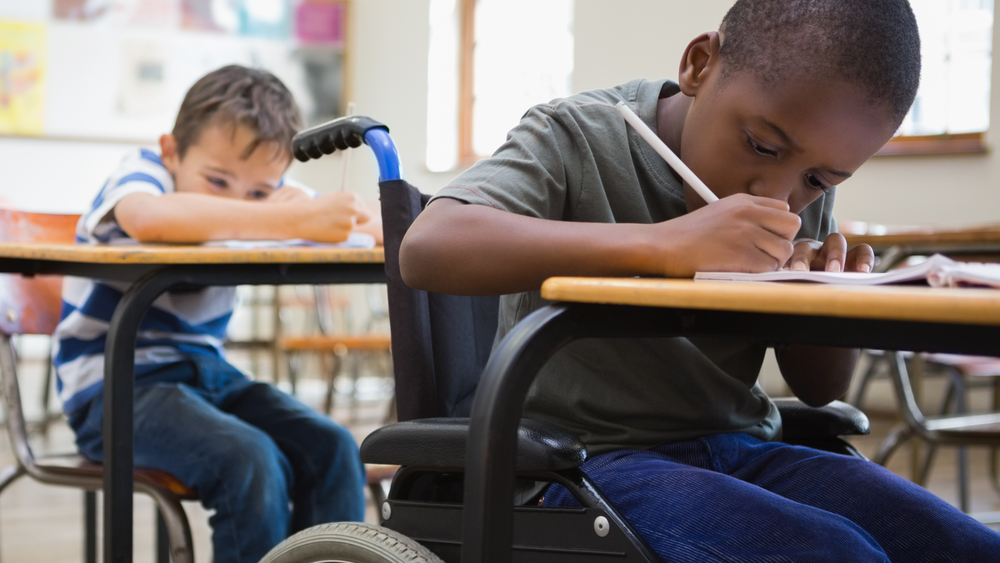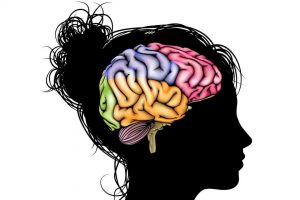On a sunny morning in a school in Colorado, Ethan, a boy with Down syndrome, excitedly raises his hand to answer a math question. Across the country in New Jersey, Aisha, a girl with a physical disability, collaborates with her peers on a science project. These scenes, though heartwarming, are no longer rare. They are testament to a transformative movement in the American educational landscape: Inclusion.

Inclusion, in its essence, is not just about physical presence in a classroom; it’s about active participation, meaningful learning, and mutual respect among students with and without disabilities. It is the belief that diversity, in all its forms, enriches the learning experience for everyone.
Historically, students with special needs were often segregated, taught in separate environments tailored to their disabilities. But the winds of change began to blow in the late 20th century. Advocates, educators, and families began to challenge this status quo, championing the idea that every child, regardless of their challenges, had the right to learn in a mainstream environment.
Legislations such as the Individuals with Disabilities Education Act (IDEA) and No Child Left Behind Act underscored the importance of providing all students with equitable opportunities to succeed. But it wasn’t just about laws. The heart of inclusion was a cultural shift in understanding disabilities.
In American classrooms today, inclusion translates to strategies that benefit everyone. Universal Design for Learning (UDL) is one such approach where curriculum is designed with flexibility, catering to diverse learners right from the start. Whether it’s through visual aids, hands-on activities, or collaborative group work, the goal is to meet students where they are.
Take, for instance, the story of a school in Illinois that embraced co-teaching. Here, general education and special education teachers come together to teach mixed classrooms. They combine their expertise, ensuring that lessons cater to varied learning styles and needs.
However, the path to successful inclusion is not without challenges. It requires consistent training for educators, adaptive resources, and ongoing collaboration among teachers, families, and support staff. But the rewards, as many American schools have witnessed, are immeasurable. Inclusive classrooms foster empathy, resilience, and a deeper understanding of the diverse world outside school walls.
Moreover, students with disabilities in inclusive settings often show remarkable academic and social growth, debunking the myth that they can only thrive in segregated environments. They form friendships, learn from peers, and are equipped with skills to navigate the real world.
In conclusion, inclusion in the U.S. is more than an educational strategy; it’s a reflection of a society that values and celebrates diversity. It’s a commitment that every student, regardless of their background or challenges, deserves a seat at the table. As American schools continue on this journey, they are not only shaping educational paradigms but also crafting a more inclusive, compassionate future.















Add Comment